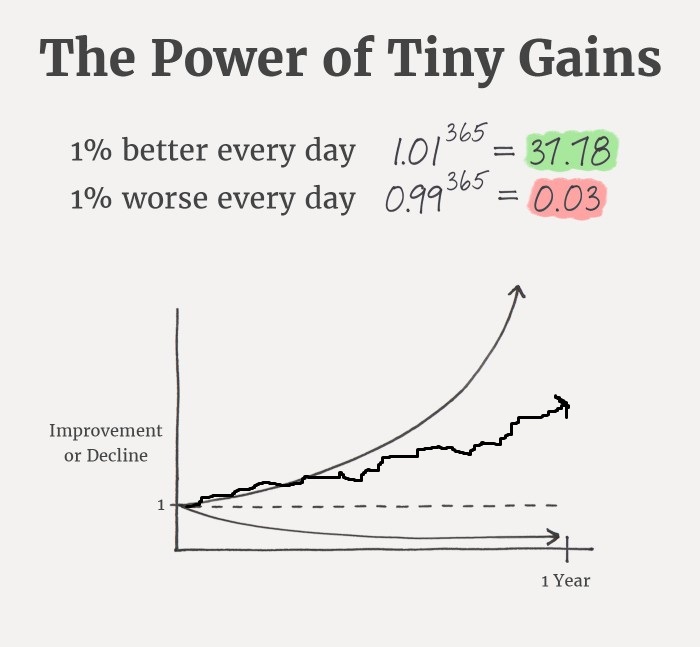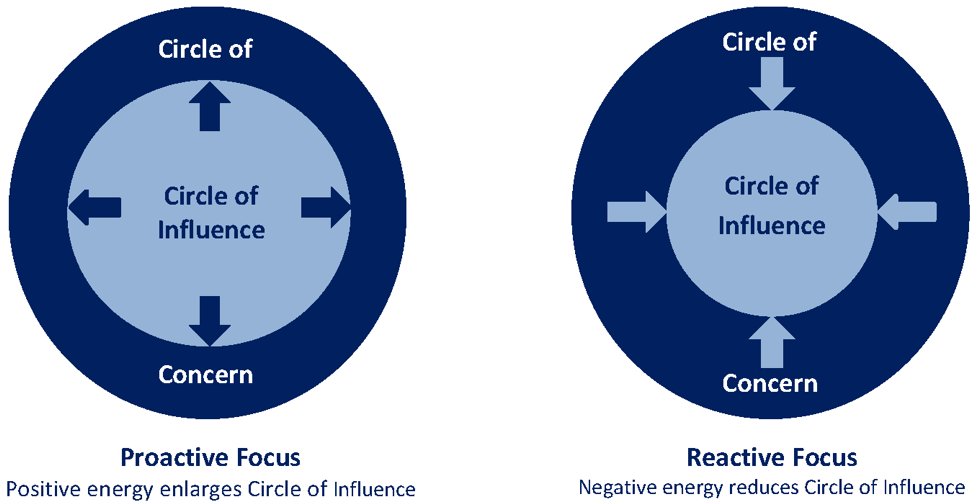Inspired by Cognitive Behavioral Therapy (CBT) techniques
One aspect I find fascinating about psychology is how its an universal human experience. No one of us is immune to it because we all display human behavior. I’ve recently been learning more about CBT – a form of psychotherapy which explores the interplay between our thoughts, feelings, and behavior. These 3 aspects influence one another which help us with processing the world around us, but they can often cause harm when we start to develop negative thought patterns. Today we’ll be exploring how negative thoughts can trap us in false/inaccurate narratives, and how to counter them.
What are Thinking Traps?
Thinking traps are negative thought patterns that are irrational or exaggerated. They are called ‘cognitive distortions’ and can lead to negative emotions or behaviors even when there’s little evidence of the validity of these thoughts. What’s especially pernicious about these distortions are that we often consider these thoughts as if they’re fact, which can contribute to the individual feeling further negative effects.
It’s important that we learn to identify these thinking traps and critically evaluate them as it’ll ground us in reality. Helping to recognize when we are stuck in a thinking trap will also help reduce the magnitude of the distress they can cause.
Types of Thinking Traps
We’ll be covering the 10 most common thinking traps. Note that our negative thought patterns will often employ multiple traps at a time, it’s rare to encounter only one.
1. Jumping to Conclusions / Predicting the Future
Assuming you know how the situation will turn out before it actually happens, oftentimes in a negative light.
Ex: “I just know this interview will go poorly”; “She didn’t respond to my text, she must be trying to avoid me”
2. Exaggerating or Minimizing a Situation
Blowing something out of proportion or shrinking the importance inappropriately. This often distorts our perception of reality.
Ex: “This one disagreement will cost me my job”; “I got the promotion, but I still don’t know if my manager trusts me”
3. Ignoring Important Parts of a Situation
Focusing only on select details (often negative ones), while ignoring other relevant information. This leads to biased or incomplete conclusions.
Ex: “I know that this job is difficult to land since I didn’t get referred to it, but I must’ve been rejected because I’m not qualified for the position”
4. Oversimplifying Things as “Good-Bad” or “Right-Wrong”
Viewing situations in absolutes – if something isn’t good then it must be bad. Ignoring that these things often fall on a spectrum and aren’t black and white.
Ex: “I didn’t get praise for my work this time, so I must have done a poor job”
5. Overgeneralizing from a Single Incident
Making sweeping conclusions based off a single experience. Taking something from a previous context and applying it a completely different situation.
Ex: “I got rejected by my crush years ago, so I’m likely to be rejected by my new crush now”
6. Mind Reading
Assuming you know what other people are thinking, especially if those thoughts are of a negative origin. This leads to anxiety and self-doubt.
Ex: “He appeared to be annoyed when I approached him earlier, he must find me annoying”; “My professor took longer to respond back to my request, she must be shrugging me off”
7. Emotional Reasoning
Believing that since this feels a certain way, then it must be true.
Ex: “I felt embarrassed in front of her, so I must have been embarrassing”; “I feel guilty, so I must have done something wrong”
8. Should’ing
Using words like “should”, “must”, “have to” – these can cause unnecessary expectations and don’t capture the whole picture. It can lead to guilt, frustration, or a sense of failure if things don’t pan out the way you wanted.
Ex: “I should be writing my essay right now instead of taking a nap, I’m wasting my time”; “I have to start going to the gym if I want a date, girls only want to date tall, fit guys”
9. Personalizing
Taking responsibility for events outside your control or blaming yourself entirely for a negative outcome.
Ex: “It’s my fault the project failed”, even if many factors were at play
10. Controlling
Believing you have more influence over people or events than you actually due. This leads to stress or feelings of failure if they don’t succeed.
Ex: “I coached his team, but they’re still losing. I must be doing something wrong”
How to Fight These Traps
In order to fight these traps, we first need to identify the unpleasant emotions and the unhelpful thought that is causing it.
Next, you want to explore what the evidence in favor of the thought is what evidence against the thought is. Make sure that these evidences are facts. If you find yourself saying “I feel”, “it could”, “maybe”, “I believe”, etc. those do not count.
Then, consider which thinking traps that were employed that are contributing to that thought.
Finally, come up with an alternate thought to replace the old one that is evidence-based and doesn’t rely on a thinking trap. Gauge what new emotions you feel from this thought.
Downloadable Worksheet for Practice 🙂
I’ve created a downloadable worksheet for you to use when you encounter thinking traps. They help to ground yourself in the facts of the situation to better counter unhelpful thought cycles.



